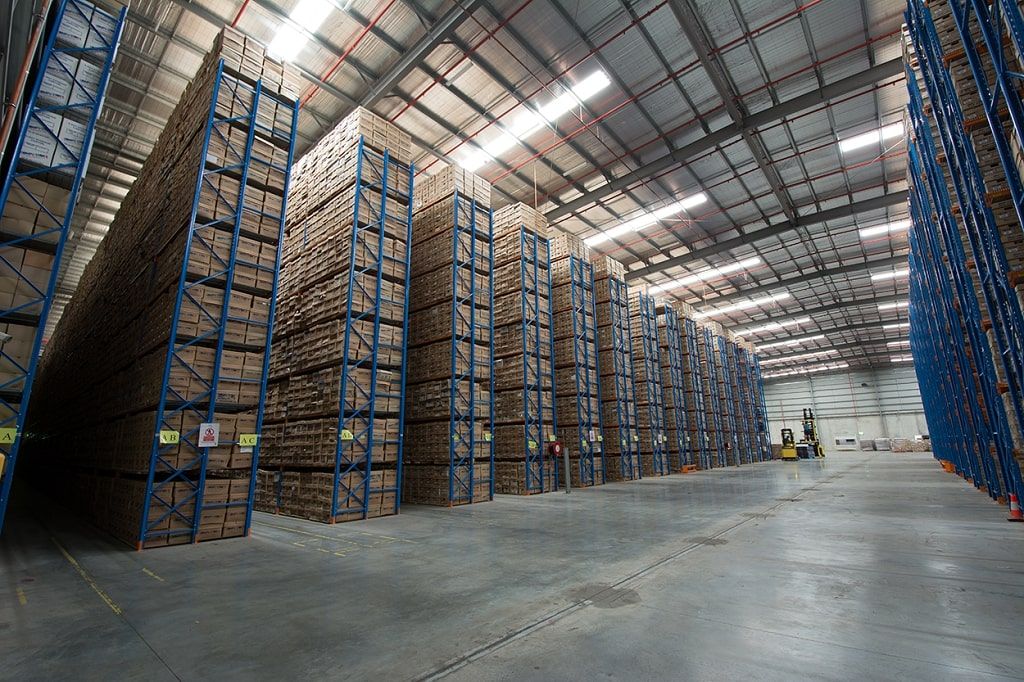Do you lie awake at night worrying about the critical data sitting on your obsolete media formats?
Technology is advancing so rapidly these days. Perhaps you haven’t got around to engaging tape transcription services. Maybe, organising remastered versions aren’t a priority. Sure, there are data recovery services available that can help if an unforeseen situation arises. But it’s not a risk you should be willing to take.
Thankfully, there are steps you can take to avoid complete data loss from your obsolete media formats. If you want to prevent this type of event from occurring in your workplace, then be sure to follow these steps.
What are Examples of Obsolete Media Formats?
It’s both fantastic and frightening what media formats are still in use. Often these mediums are relied upon for critical data. It’s accessed frequently as part of the day to day operations. Some examples of this obsolete technology include:- Analogue shot records with magnetic strips
- 7-track, 9-track and 21-track tape reels
- 3480, 3490 and 3490E tape cartridges
- 3590B, 3590E and 3590H tape cartridges
- 3592-J1A, E05, E06 and E07 tape cartridges
- 8mm Exabytes (8200, 8500, 820, Mammoth-1 & Mammoth-2)
- 4mm Dats (DDS1, DDS2, DDS3 & DDS4)
- DLT tape cartridges (2000, 4000, 7000, 8000 & DLT1)
- SDLT-1, SDLT-1.5 & SDLT-2 tape cartridges
- LTO 1 to LTO 8 tape cartridges
- 3.5” floppy disks and CD’s
- Improves your chances of data recovery from legacy media
- Ensures your data retention compliance obligations get met
- Provides you with a greater understanding of the content of your media so you can unlock its true value
- Preserves data that would otherwise be lost
- It offers an opportunity to audit and quality check your media content



